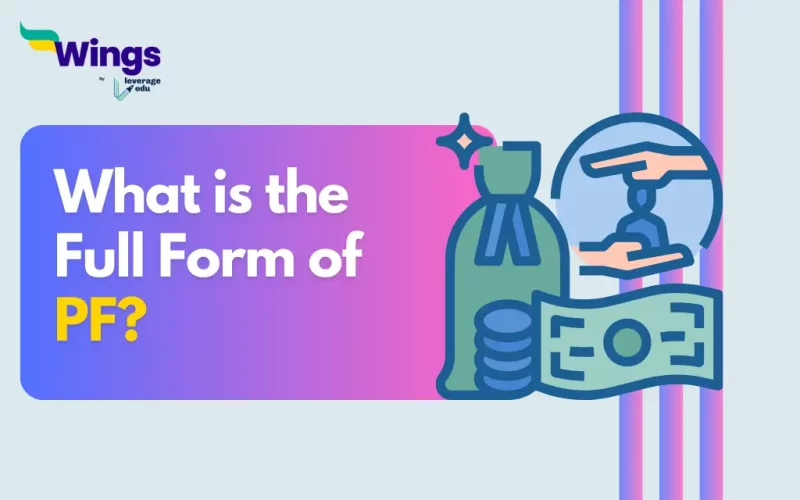The Full Form of PF is a Provident Fund. A Provident Fund is referred to as a PF. Provident Fund (PF) is also known as Employee Provident Fund (EPF). Moreover, the Provident Fund or EPF programme would provide financial benefits to all retired salaried people. Additionally, the PF system is monitored by the Employee Provident Fund Organisation (EPFO) of India. Every company or organisation with more than 20 workers must register with the EPFO. Consequently, in terms of getting a lump sum payment upon retirement, it is believed that this plan offers significant benefits to all salaried employees. As part of the PF procedure, a predetermined amount is deducted from an employee’s monthly paychecks and paid into their EPF account. Therefore, the employees receive the money saved up in their Employee Provident Fund accounts after retiring.
What are the Objectives of PF?
Table of Contents [show]
In addition, here are the Objectives of a PF:
- A separate EPF account should be maintained for each employee.
- Moreover, it must be simple to acquire compliance.
- Ensure that organisations regularly follow the EPFO’s guidelines.
- To increase the functionality and durability of internet services.
- Online access to all member accounts should be simple.
- Instead of 20 days, it will just take three days to resolve a claim.
- The promotion of voluntary compliance is encouraged.
Also Read: IMEI Full Form
What are the Eligibility Requirements for a PF?
Furthermore, the prerequisites for EPF eligibility are as follows:
- Employees must register as active members to get benefits under the plan.
- Employees are instantly eligible for PF, insurance, and pension benefits as soon as they begin working for the company.
- Any company with at least 20 workers is required to provide EPF benefits to its staff.
- However, this proposal does not satisfy the needs of the people of Jammu and Kashmir.
Also Read: What is the Full Form of PPF?
Contribution of the Employee to the PF
Employee contributions are often established at a rate of 12 per cent. However, the following organisations impose a flat fee of 10%:
- Enterprises or organisations with no more than 19 employees.
- The BIFR has designated some companies as being in sick industries.
- Moreover, organisations lose a substantial chunk of money annually relative to their net worth.
- Brick, jute, beedi, guar gum, coir, and industries.
- Organisations that send less than Rs. 6,500 in payments each month.
Also Read: DIG Full Form
Contribution from the Employer to the PF
The employer’s minimum contribution is set at 12% of each employee’s Rs. 15,000 annual income. (Although they are free to make further contributions).
- Each month, this comes to Rs. 1,800. This means that both the employer and the employee must contribute Rs. 1,800 to the plan each month.
- Initially, this sum was set at 12 per cent of Rs. 6,500, resulting in a combined contribution from the employer and the employee of Rs. 780.
- The EPFO receives contributions from both sides. Thanks to this long-term investment instrument, contributors can spend their lives as they like after retirement.
- Thus, after retiring or leaving your company, you are permitted to withdraw your whole PF balance from your account.
Also Read: What is the Full Form of LLP?
What are the Benefits of PF?
The Benefits of PF are as follows:
- Tax Advantages: The Contributions towards PF qualify for tax deductions under Section 80C of the Income Tax Act in India. Hence, this reduces your taxable income and saves you tax.
- Financial Security: A PF provides a sense of financial security. Moreover, you have a retirement fund to fall back on and maintain your lifestyle after you stop working.
- Partial Withdrawals: Additionally, PF allows for partial withdrawals under certain circumstances like medical emergencies, house purchases, or your children’s education.
Popular Full Forms
We hope this blog has helped you understand the Full Form of PF and everything related to it. If you want to know more, find the full forms list on our blog. In the world of short forms, you can rely on the Leverage edu page to know about more full forms like this! Connect with us study abroad experts to achieve your international dream today!
 One app for all your study abroad needs
One app for all your study abroad needs















 45,000+ students trusted us with their dreams. Take the first step today!
45,000+ students trusted us with their dreams. Take the first step today!
